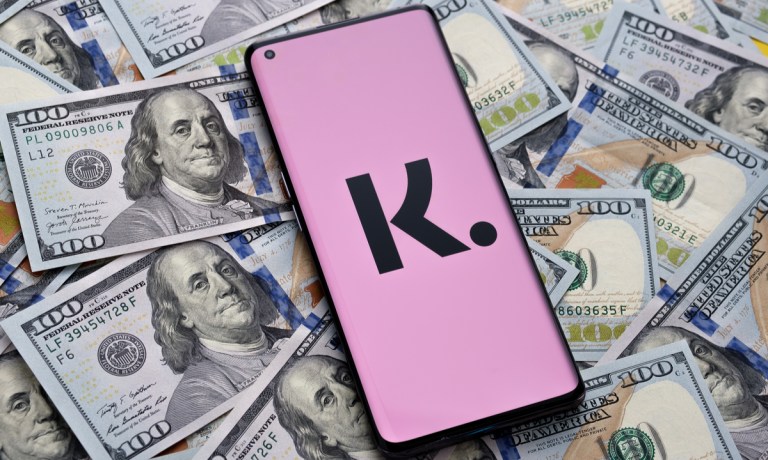
For Klarna, buy now, pay later (BNPL) may serve as an onramp toward building a wider financial ecosystem tied to its app — and perhaps, will give banks a run for their money (literally).
The company said in a blog post on Thursday (Aug. 15) that it would debut personal accounts for its users, and, in a new wrinkle on the traditional BNPL model, Klarna’s posting comes with the heading “Save Now, Pay Later.”
The posting detailed two new products being launched in a dozen countries worldwide, spanning the United States and 11 nations in Europe.
The introduction of the Klarna account, Klarna Balance, lets users transfer money directly from their bank accounts, receive cash back rewards for shopping in the Klarna app or get refunds from returned items. The cash back reward offering enables shoppers to earn a percentage of their purchases at participating retailers. The money earned “back” — which can be as high as 10% — is in turn “stored” in the Klarna Balance account.
The announcement specifically took note of Klarna’s intent to “ disrupt retail banking and become an every day spending partner to the world’s consumers.”
As noted here in April, Klarna announced that it had opened a waitlist for the new Klarna Card to all U.S. consumers, with the aim of rolling out the card through the next several months. The card has already been established in Europe. Users of the Klarna Card can opt to pay a monthly statement in full with zero interest, or pay earlier than the statement due date at zero interest, or use a plan that pays over time.
We’ll know more details as the company moves closer to its planned IPO — and as a publicly traded company, the minutiae of how those additional banking forays are faring will be revealed on a quarterly basis. The company already has banking licenses in the EU; specifically, it is regulated by Swedish financial authorities and has passported its license to the United Kingdom. Though the company does not have a banking license in the U.S., it partners with WebBank for the Klarna Card.
The deeper push into the U.S. comes as joint statements and requests for information issued by several agencies late last month warned on the “potential risks” inherent in bank/FinTech relationships.
Though the regulatory landscape is sure to evolve, for Klarna and for other firms such as SoFi and LendingClub that are gunning to connect everything from saving to lending to budgeting to rewards, there is fertile ground for them to do so, with platforms and apps at the center of it all.
As PYMNTS Intelligence has noted, 41% of consumers reported that they would increase their banking activities if they had access to a super app. Though banks have traditionally held sway here with a greater “share” of trust to provide those super apps, tech firms like PayPal have carved out “trusted” and “most trusted” designations among a majority of consumers.
Klarna and other BNPL firms have gone mainstream through the past few years as paying over time has been used as a budgeting tool and paycheck-to-paycheck living has become more widespread than ever. Data from PYMNTS Intelligence shows that 26% of those who live paycheck to paycheck with difficulties paying their bills said they were very or extremely likely to use BNPL in the next 12 months. A slightly lower 21% of those who live paycheck to paycheck without difficulties paying their bills said the same.
As we noted in our Amazon Prime Day report, this year, 5.2% of Amazon Prime Day shoppers used BNPL to complete a purchase, up from 3.3% last year. Among Walmart+ Week shoppers, 7.2% used BNPL to pay for their purchases, up from 5% last year.
Familiarity breeds consistent usage, and consistent usage breeds cross-selling opportunities. For the digital-only upstarts — in this case, Klarna — eyeing a piece of the banking landscape, BNPL may be just one piece of the greater strategy, as paying over time yields dividends over time in the form of stickier consumer relationships that touch on a range of everyday financial activities.